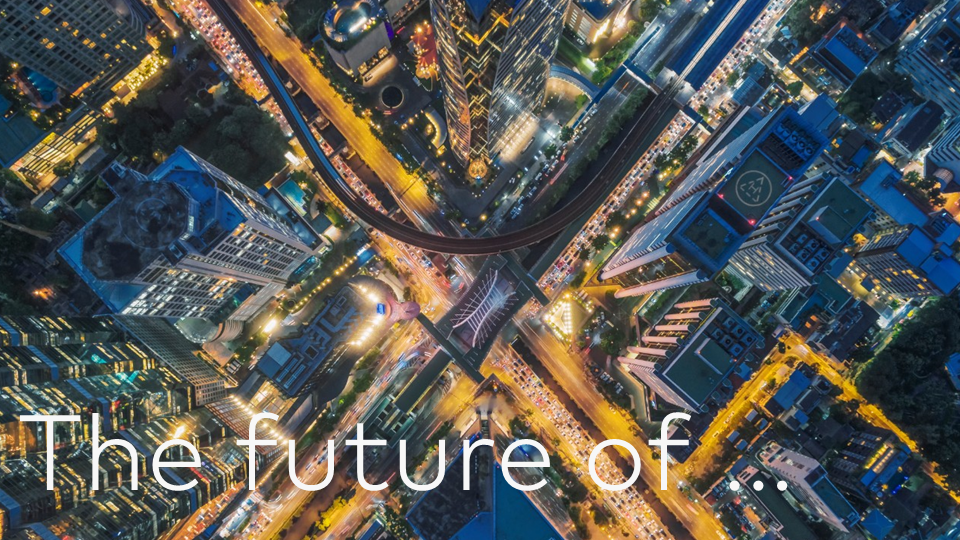Payment rails on the open road: Why security is key to accelerating in-car payments
January 11, 2024 | By Will Judge
It’s January 2024, and the global car industry is in the midst of a massive shift, evolving what it sells and how it interacts with its customers. The electric vehicle revolution is on display this week in Las Vegas as auto manufacturers display their latest connected vehicles at CES 2024.
All of them are progressively mastering new electric vehicle technologies as the energy transition continues worldwide. At the same time, these brands are competing fiercely, searching for ways to make themselves stand out and to cement relationships with their customers. Increasingly, they’re doing this by offering the digitally enhanced experiences that people are accustomed to in other areas of their daily lives.
An opportunity to enhance in-vehicle experiences
Enabling in-vehicle payments will play a significant role in this automotive digital evolution.
From ordering a coffee to hailing a cab to consuming entertainment, a carmaker's customer is now used to enjoying these simple and convenient everyday experiences while on the go via the phones or other connected devices they already carry with them. This is all facilitated by digital payments. Now consider the various payments required while taking a car journey, such as fueling, road tolling and congestion charging. For most drivers, these are unavoidable daily or weekly transactions that are essential to the use of the vehicle.
But in many cases, the payment experience hasn’t changed in decades, and this creates an opportunity for innovative manufacturers to transform them. Foremost in the minds of many drivers is the ability to fuel or charge their vehicles without the need to present a physical payment credential, or to spend time queueing at a pay station. Drivers are likely to value native in-vehicle payment solutions that allow them to complete payments of this type in the vehicle’s cockpit, saving time and avoiding the complexity of managing multiple merchant apps. This would also facilitate parking and paying tolls, and increasingly common urban traffic management schemes like congestion pricing and low-emission zones. Eventually, ordering and paying for food and drinks at drive-through restaurants via the car could also become commonplace.
The opportunity can be extended beyond transactions for routine vehicle-related essentials sold by external merchants. Well-integrated in-vehicle payments can open up new lines of business for automotive brands themselves, which are perfectly placed to sell goods and services to vehicle occupants via in-vehicle infotainment systems.
Using vehicle sensor information to judiciously offer extra goods and services is the place to start: Real-time weather and temperature data might allow a manufacturer to judge the perfect moment to offer a pair of branded sunglasses for delivery; engine and mileage data might do the same for booking the next tire change. Going further into a software-defined future, manufacturers might offer temporary vehicle upgrades such as extended battery range or performance suspension settings: The software-defined vehicle may become endlessly configurable.
This month, the Mastercard Newsroom is exploring how rapidly evolving technology, heightened consumer expectations and economic and societal pressures are changing how we live, work, shop and innovate.

Authentication and security are vital parts of this digital journey. Transaction authentication methods people are most familiar with, such as manually entering a password or a one-time security passcode manually, are obviously unfit and potentially even dangerous for someone in the driver’s seat of a moving vehicle. That's where biometric technology starts to play a significant role, using, for example, fingerprint or facial recognition, which allow automotive manufacturers to enhance the in-vehicle experience without compromising security and driver safety.
The ability to interact with the world in entirely new ways from inside our vehicles is on the horizon, and in some ways is already here. Last year, we announced a partnership with Mercedes-Benz that does just this, bringing automotive and payment expertise together to enable drivers to pay for fuel directly from their vehicles digitally by fingerprint.
By leveraging tokenization and proven biometric innovation, carmakers can provide consumers with the ability to securely place a payment credential on file so that the vehicle itself will manage the many tasks involved in making approved purchases safely while on the road — hands-free indeed.
Where do we go from here?
The automotive industry has high ambitions and is looking to advance innovation that deliver to the demands of today's digitally savvy consumer. Navigating this journey will require a lot of change, rethinking how technology enhances the whole commercial proposition and making this a reality now, not in the future.
Digitizing payments has a significant role to play in product development, but it requires a new way of thinking and working with partners across the automotive, technology and payments ecosystems. Partnerships that combine capabilities and creativity from leading organizations will create opportunities across the automotive value chain and transform the automotive experience.

-
2024
- Payment rails on the open road: Why security is key to accelerating in-car payments